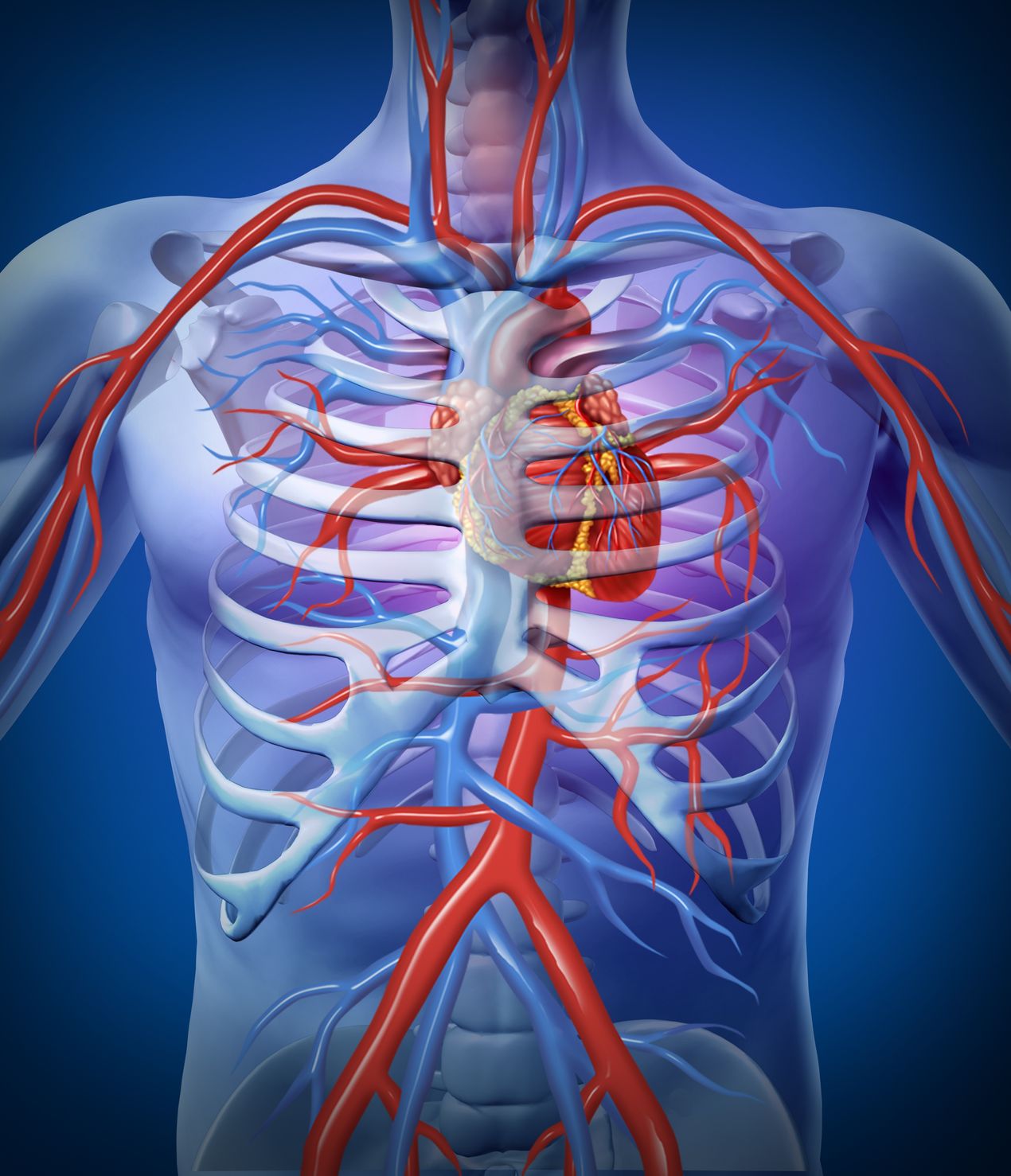

In 2013, more than 1,000 New Brunswickers died from sudden cardiac arrest. It’s a grim statistic, but the real tragedy is how many of those lives could have been saved with the right knowledge, training and tools. Combined with early cardiopulmonary resuscitation (CPR), the use of an automated external defibrillator (AED) may increase the likelihood of survival by 75% or more.
WorkSafeNB wants to ensure New Brunswick’s workforce has the necessary knowledge and training that could save a life. The best place to start is by reviewing First Aid Regulation 2004-130, says WorkSafeNB’s chief compliance officer, Richard Blais.
“The regulation outlines your workplace’s first aid requirements. This includes the number of first aid providers and first aid kits required according to the number of workers at a jobsite at a given time and the type of work being performed.”
Anyone can become a certified first aid provider. While WorkSafeNB does not endorse any one agency, a list of approved first aid training providers is available on our website. One key module of the workplace standard first aid program is CPR, a life-saving technique that restores partial blood flow to the brain. Early CPR is essential to saving a life. In many circumstances however, CPR alone may not restore proper heart function. An important second step is applying electric shock to the heart.
While not required under the regulation, Blais said small, portable devices called AEDs can identify cardiac rhythms and deliver a shock to correct abnormal electrical activity in the heart.
“AEDs can help when ventricular fibrillation happens, which is the main cause of cardiac arrest. While uncommon, cardiac arrest can occur in the workplace as they can anywhere else, so having an AED on hand could save lives.”
AEDs are designed to be used by the average adult without training, however, practice using the device is known to keep the responder calm during a life and death situation.
While statistics show AEDs are proven lifesavers when someone has suffered a cardiac arrest, Blais states it is the employer's choice to buy and promote the devices.
“It’s important to remember that requirements set out in the First Aid Regulation are the minimum requirements,” Blais said. “If you believe an AED could supplement your workplace’s first aid program, having such equipment readily available could save a life.”
|
What is an AED? |
General cardiac arrest information from The Heart & Stroke Foundation
First Aid Regulation resources:
Interpretation – Latex and vinyl gloves
Interpretation – Refusal of care
Interpretation – Readily available, as close as practicable & located at or near
Interpretation – First aid kits in vehicles, trains and ferries
Interpretation – Project sites
Interpretation – Designated employee
Interpretation – Multiple building worksites
Interpretation – Isolated area & isolated site